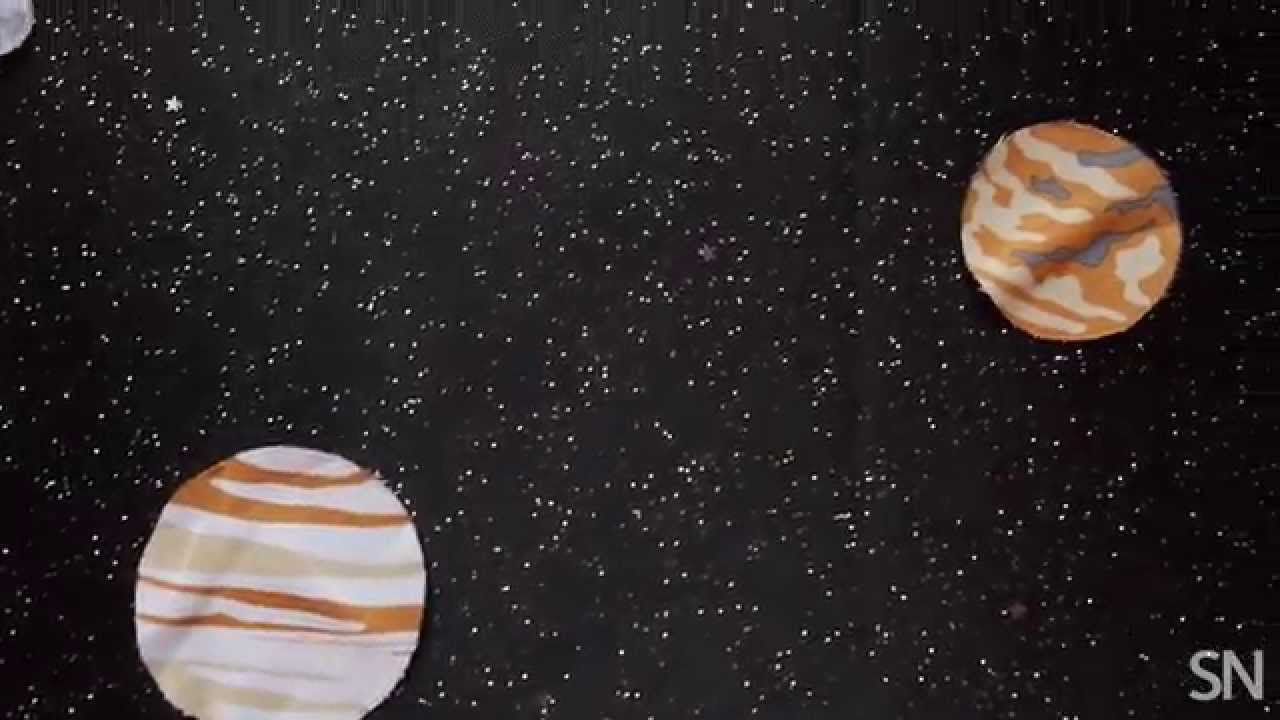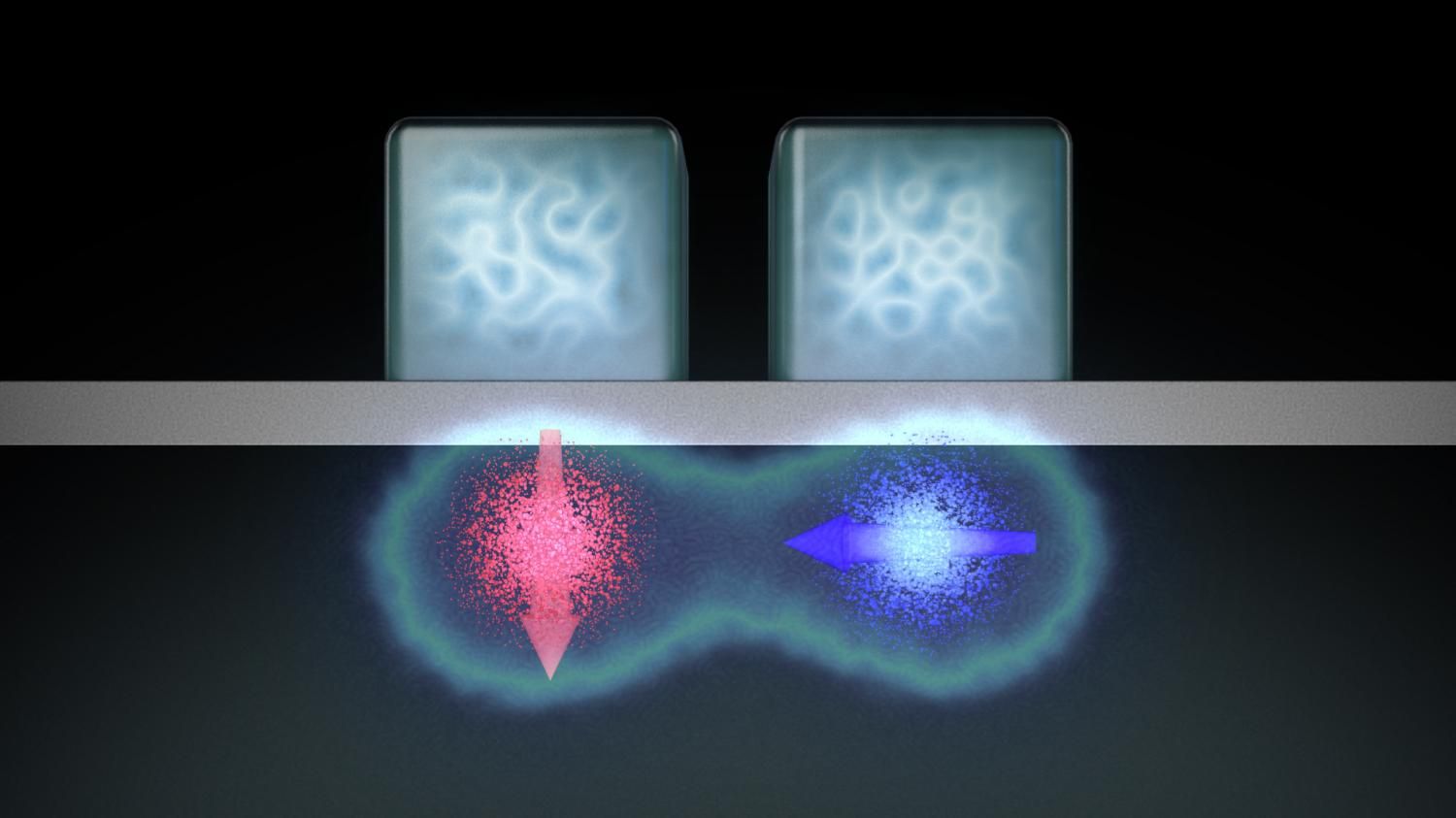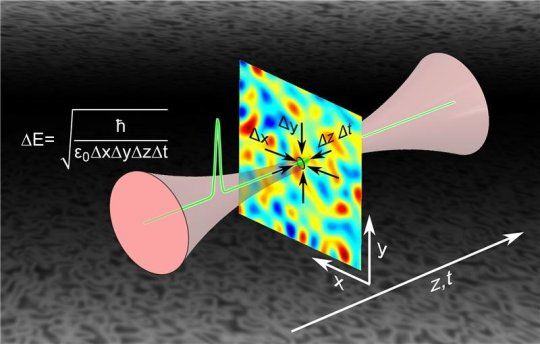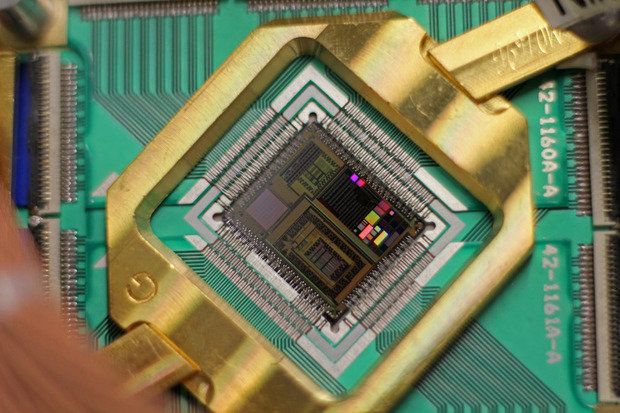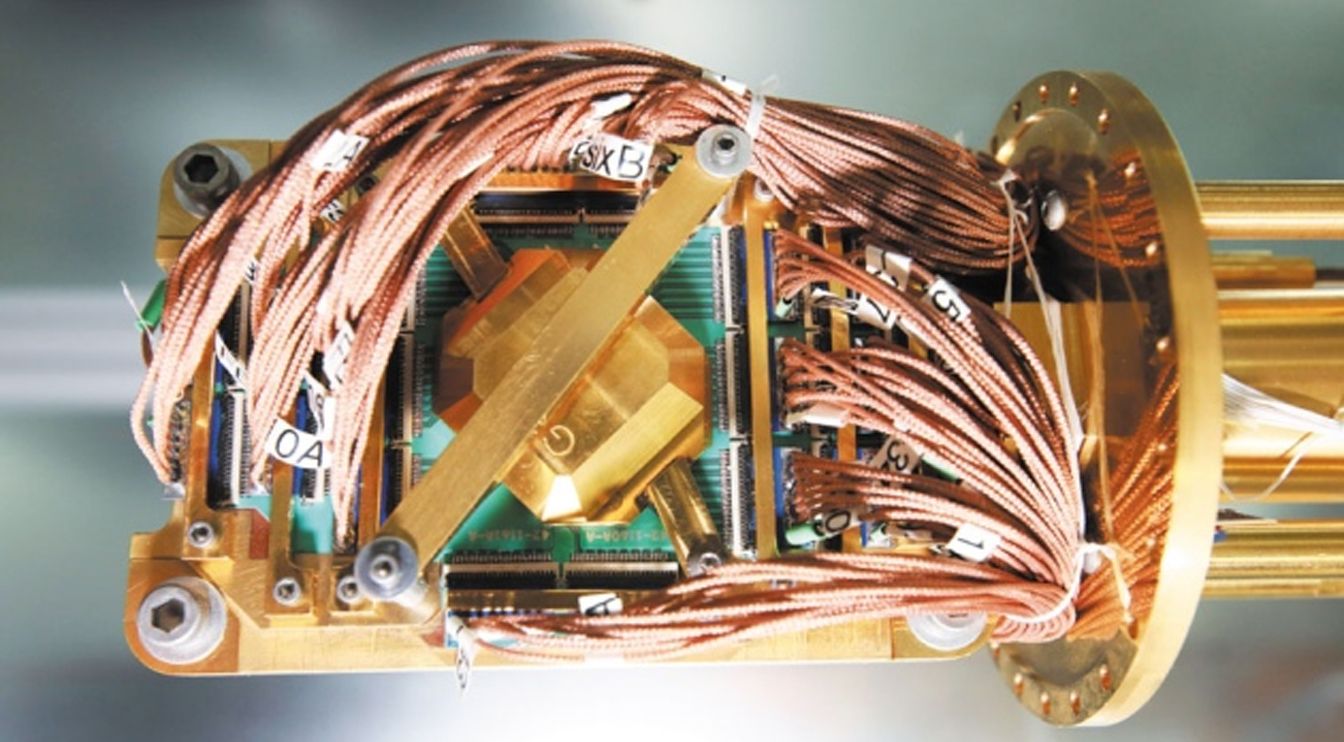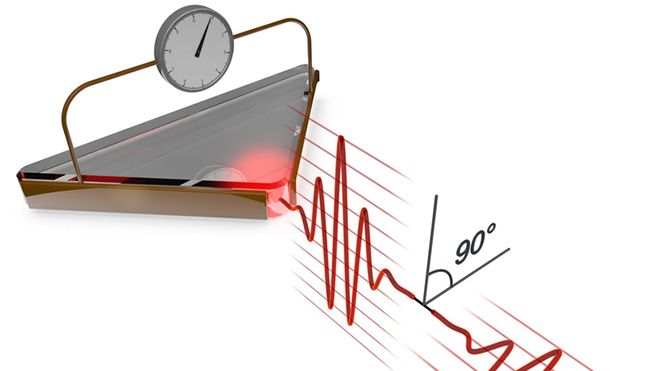Oct 8, 2015
Entanglement: Gravity’s long-distance connection
Posted by Andreas Matt in categories: computing, cosmology, quantum physics
Many researchers find these ideas irresistible. Within the last few years, physicists in seemingly unrelated specialties have converged on this confluence of entanglement, space and wormholes. Scientists who once focused on building error-resistant quantum computers are now pondering whether the universe itself is a vast quantum computer that safely encodes spacetime in an elaborate web of entanglement. “It’s amazing how things have been progressing,” says Van Raamsdonk, of the University of British Columbia in Vancouver.
Physicists have high hopes for where this entanglement-spacetime connection will lead them. General relativity brilliantly describes how spacetime works; this new research may reveal where spacetime comes from and what it looks like at the small scales governed by quantum mechanics. Entanglement could be the secret ingredient that unifies these supposedly incompatible views into a theory of quantum gravity, enabling physicists to understand conditions inside black holes and in the very first moments after the Big Bang.
